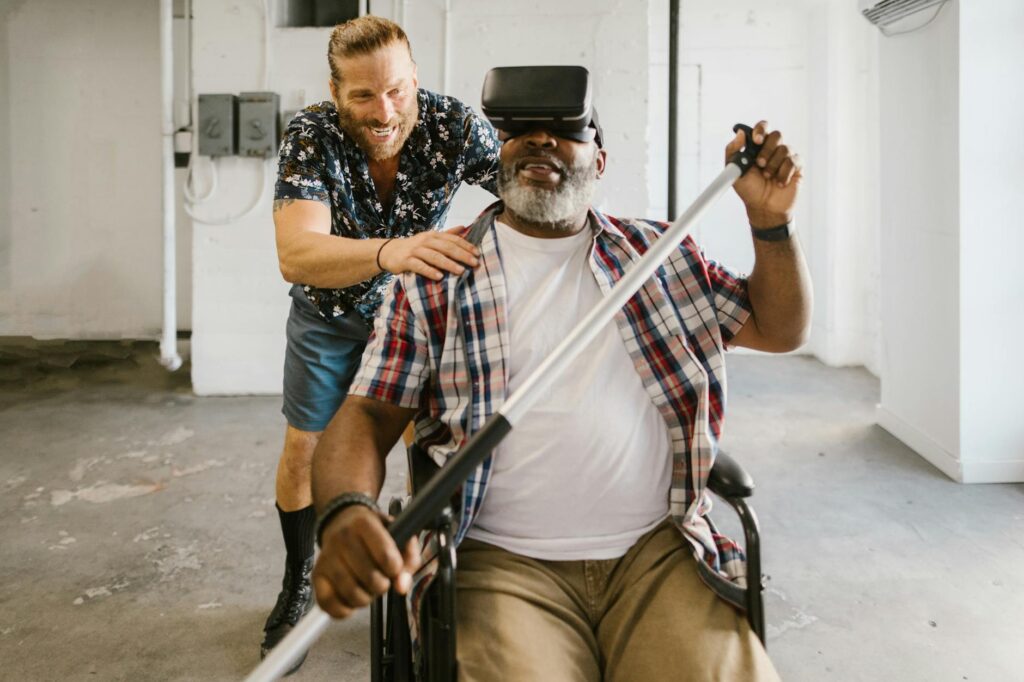What is virtual interaction health?

What is virtual interaction health?
In today’s fast-paced digital world, the way we connect with others has transformed dramatically. Virtual interaction health refers to the state of well-being that arises from how we engage in digital communication, encompassing everything from video calls to messaging apps. This emerging concept is crucial for enhancing personal productivity and overall well-being, especially as more of our interactions shift online. Understanding this aspect of health can empower you to foster better relationships and maintain mental clarity in your daily life.
Understanding Virtual Interaction Health
At its core, virtual interaction health involves how we manage and regulate our online communications. This includes recognizing how these interactions impact our mental and emotional states. As we increasingly rely on digital platforms for both personal and professional connections, effective management of these interactions becomes essential. Research indicates that those who engage more in virtual interactions tend to report better mental health outcomes, particularly during times of social distancing (see Nature).
Components of Virtual Interaction Health:
- Quality of interactions: Engaging in meaningful conversations can enhance emotional well-being.
- Frequency of interactions: Regular contact with friends, family, and colleagues can counter feelings of loneliness.
- Balance: Finding a healthy mix between virtual and real-life interactions is key to maintaining mental health.
What Constitutes Virtual Interactions?
Virtual interactions can take many forms, each offering unique benefits and challenges. Here are some common types:
- Video Calls: Platforms like Zoom or Microsoft Teams facilitate face-to-face conversations, enhancing connection through visual cues.
- Messaging Apps: Services such as WhatsApp and Slack allow for quick communication, helping maintain relationships without needing a dedicated time for calls.
- Social Media: While these platforms can foster connections, they may also lead to passive engagement, which can negatively impact mental health. For example, excessive scrolling can amplify feelings of isolation (as discussed in this study).
The Impact of Virtual Interactions on Health
The effects of virtual interactions on health can be both positive and negative.
Positive Effects
- Social Connectivity: Virtual interactions can help bridge distances, allowing you to maintain friendships and family ties, especially during challenging times like the COVID-19 pandemic.
- Accessibility: Connecting online can make it easier for individuals with mobility or transportation challenges to engage socially.
Negative Effects
- Isolation: Over-reliance on digital communication can lead to feelings of loneliness and disconnection from the real world.
- Burnout: Continuous virtual interactions without breaks can result in fatigue, affecting both productivity and mental health.
Strategies for Enhancing Virtual Interaction Health
Improving the quality of your virtual interactions can significantly enhance your overall well-being. Here are some actionable tips:
Setting Boundaries for Virtual Communication
Establishing clear limits on how much time you spend interacting online is essential. Without boundaries, you may find yourself constantly reachable, leading to burnout. Consider setting specific hours for checking emails or attending virtual meetings. This can create a healthy work-life balance and help you recharge.
Utilizing Effective Communication Tools
Choosing the right tools can make a world of difference in the quality of your interactions. Look for platforms that emphasize clarity and engagement. For example, tools that incorporate video and collaborative features can enhance your connection with others. Check out Mayo Clinic’s insights on telehealth for more on effective communication in healthcare settings.
Incorporating Breaks and Mindfulness
Don’t underestimate the power of taking breaks during virtual meetings. Short pauses can help maintain focus and reduce mental fatigue. Additionally, integrating mindfulness techniques, such as deep breathing or brief meditations, can keep you grounded during online interactions.
Virtual Interaction Health in Different Contexts
The relevance of virtual interaction health spans various settings, each presenting unique challenges and opportunities.
Remote Work Environment
In remote work scenarios, virtual interaction health directly impacts productivity and work-life balance. Regular check-ins with teammates can foster a sense of community and collaboration. However, it’s crucial to avoid over-scheduling meetings to ensure adequate personal time.
Online Learning and Education
Students face distinct challenges in maintaining virtual interaction health. Engaging in active discussions during online classes can enhance learning experiences. Meanwhile, communication with peers through forums or group chats can alleviate feelings of isolation. Balancing screen time and face-to-face interactions, when possible, can also promote overall well-being.
Telehealth Services
Healthcare providers must prioritize virtual interaction health in telemedicine. This can involve creating an inviting online atmosphere for patient consultations and being mindful of non-verbal cues through video calls. Understanding how to communicate effectively in a digital space is vital for successful patient outcomes.
Conclusion and Future Outlook
As we navigate an increasingly digital landscape, virtual interaction health remains a critical consideration. By understanding its components and implementing strategies to improve our digital communication habits, we can foster better relationships and enhance our overall well-being. Each of us has the power to create a healthier interaction environment by setting boundaries, selecting effective tools, and integrating mindfulness practices. This not only leads to more productive interactions but also supports our mental health in a world where virtual connections are here to stay.

Photo by RDNE Stock project